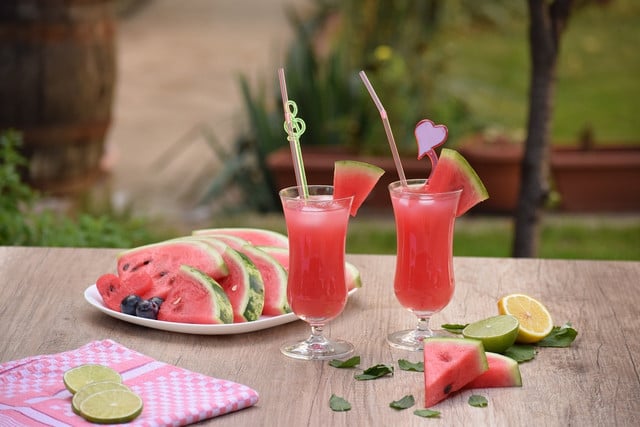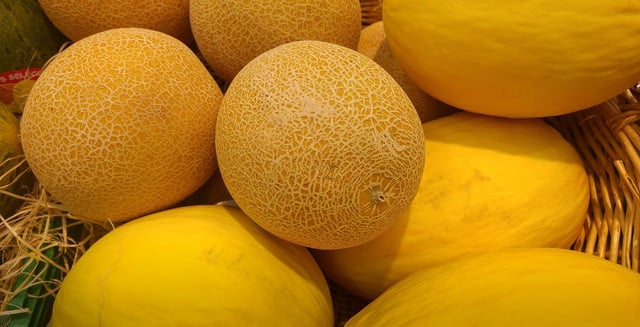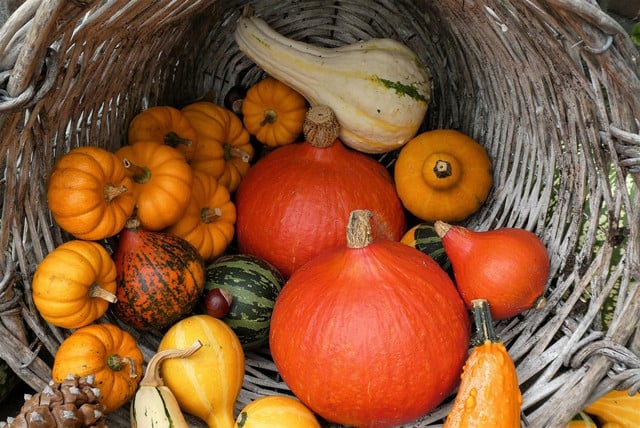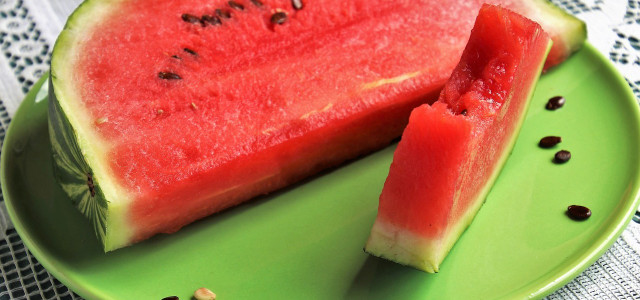Foods with citrulline have been gaining popularity for their purported health benefits. Read more to learn what citrulline is and which foods contain it.
Foods with citrulline have been gaining popularity for their supposed health benefits and positive side effects. The compound citrulline is classified as an amino acid, a molecule that has many roles in the body. Some amino acids are “essential” — meaning we have to obtain them from food in order to have enough — while others are produced in sufficient quantities by the body. Citrulline is an amino acid that is produced by the liver and the gut and is thus considered “non-essential”.
Along with other compounds, citrulline plays a role in what is called the urea cycle, which refers to the process that converts ammonia — a toxic waste product of protein metabolism — into urea, which allows it to be safely excreted in urine. It has been suggested that this detoxification role can be aided by eating foods with citrulline or taking supplements containing it. Some scientific evidence also exists to suggest that:
- Citrulline might help erectile dysfunction because it is a precursor of l-arginine, which has a dilatory effect on blood vessels and also aids blood pressure.
- Citrulline might strengthen hair protein.
- Citrulline might reduce cholesterol transport.
Urea cycle disorders are rare, but research from Japan advocates using citrulline in the management of such disorders. This study found that the amino acid effectively reduced ammonia levels, increased protein intake, and improved weight gain in urea disorder patients. They claim that citrulline should be considered as a standard therapy for these people.
Citrulline has also shown promise for cardio-metabolic health and exercise and muscle performance. Although the evidence is not definitive, eating foods with citrulline appears to carry some health benefits. So, let’s take a look at some of our favorites.
Foods With Citrulline: Watermelon Family

(Foto: CC0 / Pixabay / ExplorerBob)
The citrulline content in most foods has not been accurately measured as interest in the compound is relatively new. However, watermelon — aka Citrullus lanatus — is an exception. The concentration of citrulline in watermelons depends on the type of watermelon and cultivation method. It also appears to peak with ripeness. Watermelon juice contains high concentrations of citrulline and the leaves also contain the amino acid.
Regardless of color or variety, watermelon rind has less citrulline than the edible fruit flesh. However, if the fruit is dried then watermelon rind has a higher concentration than the flesh. Research has estimated that the citrulline content of watermelon rind alone ranges from 3.9 to 28.5 mg per gram of dry weight and is similar between seeded and seedless varieties. This is just one reason why you should eat watermelon rind.
Not all watermelons are built the same when it comes to citrulline. We examine a few common types below, scientifically measured by fresh weight:
Yellow watermelon had the highest citrulline content at 3.5mg per gram of flesh and 1.5mg per gram of rind.
Orange watermelon had 1.8mg per gram of flesh and 1.5 mg per gram of rind.
Red watermelon had 1mg per gram of flesh and 0.8mg per gram of rind
American researchers also recently studied various varieties of watermelon in two different locations in North California to determine which species contained the most citrulline. Their findings showed the best varieties for citrulline were:
- Crimson Sweet watermelon: 2.85g/kg fresh weight
- Dixielee watermelon: 2.43g/kg fresh weight
Whether fresh or dry, watermelon is the best food with citrulline to add to your diet. Why not try some watermelon kimchi to boost your gut flora and metabolic health. Cool down on a hot, sizzling day by freezing watermelon for some summery recipes. Alternatively, enjoy any meal with a refreshing watermelon punch.
The Cucurbitaceae Cousins



(Foto: CC0 / Pixabay / jackmac34)
Watermelon varieties are members of the Cucurbitaceae family, which includes melon, squash, pumpkin, and cucumber. These foods with citrulline have also been investigated for their concentrations and potential associated benefits, although they all contain substantially lower amounts of the compound than watermelon.
Melons
The research on watermelons in North Carolina also reported that melon varieties contained reasonable amounts of citrulline too. They measured the following varieties at:
- Casaba-type melon: 0.86g/kg fresh weight
- Mouse melon: 0.64g/kg fresh weight
- Horned melon rind: 0.45g/kg fresh weight
Cantaloupe is another food with citrulline — as well as a high protein fruit and low FODMAP fruit. This native North American melon grows in Arizona, Georgia, California, Indiana, and Colorado, and is generally in season from May to September. Although significantly lower in citrulline than watermelon, cantaloupe varieties have been found to contain citrulline at levels between 92.65 – 34.97 µg per gram, depending on the variety and location.
Cucumber
Research has shown that citrulline is present in both fresh and fermented cucumber. Falling well behind melons and watermelons, the North Carolina research did find up to 3.31g/kg−1 of citrulline in cucumbers at a dry weight only. Learn how to store cucumbers and use them in a delicious mediterranean salads or sunomono salads to boost your citrulline levels.
More Cucurbitaceae Cousins



(Foto: CC0 / Pixabay / Elsemargriet)
Pumpkin & Pumpkin Leaves
The research investigating pumpkins is scarce, but these Halloween favorites and their leaves also contain citrulline in trace amounts. To boost your own amino acid concentration, you could investigate the benefits, drawbacks and risks of eating pumpkin raw, try a DIY pumpkin smoothie, or be a little adventurous and try one of our easy and healthy pumpkin recipes. You could even go all out and learn how to eat pumpkin seeds.
Squash
As a member of the same family, squas is also considered a food with citrulline, although again, research is scarce and the concentration of the compound is substantially lower than in watermelon. Researchers in Kenya did indicate that levels can fluctuate between 0.65-19.41 mg per 100 grams — and that locally-grown produce had “significant levels”. If you want to try eating this gourd for its citrulline benefits, you can try eating squash raw or cooked. Pumpkins, cucumbers and the following foods with citrulline were found to contain the same ranges of the compound in the study:
- Button mushrooms
- Gourds
- Amaranthus
- Kale
Read more:
- Can You Eat Pumpkin Skin? Hokkaido, Butternut Squash, and More
- Sunomono Recipe (Japanese Cucumber Salad)
- Nutrition Secrets: Foods That Are Good for Skin, Hair, and Nails
Important Information regarding Health-related Topics.
** Links to retailers marked with ** or underlined orange are partially partner links: If you buy here, you actively support Utopia.org, because we will receive a small part of the sales proceeds. More info.Do you like this post?






